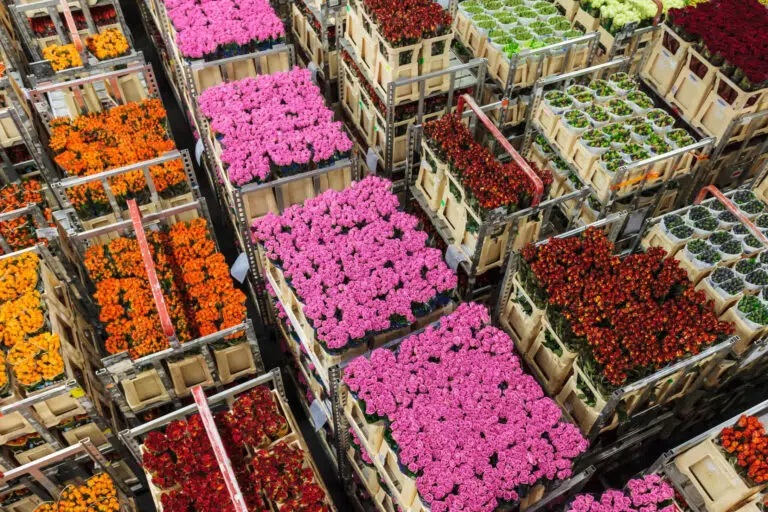
Behind every bouquet lies a complex web of factors that contribute to its cost. From the delicate care to global logistics, the flower industry has a lot of moving parts. It’s easy to wonder why something as Behind every bouquet lies a complex web of factors that contribute to its cost. From the delicate care to global logistics, the flower industry has a lot of moving parts.
It’s easy to wonder why something as simple as a flower can carry such a hefty price tag. Here’s why:
The Fragile Nature of Flowers
Flowers are inherently delicate and require meticulous attention. Flowers must be cultivated and cared for in a way that prevents disease and pest infestations, ensuring they bloom perfectly in time for their intended occasion.
Global Trade and Transportation
The international flower trade adds another layer of complexity. According to data from the United Nations’ Comtrade database, the global export of cut flowers reached $8.48 billion in 2017, marking a substantial increase since 1995. Major exporters include the Netherlands, Colombia, Ecuador, Kenya, and Ethiopia, while developed nations like the US, Germany, and the UK are leading importers.
Because flowers are perishable, they need to be kept at optimal temperatures throughout their journey. This requires refrigeration, which is expensive. Additionally, transporting flowers across continents involves careful handling to ensure they arrive in pristine condition.
Labor Costs and Expertise
The labor involved in growing and handling flowers is another significant expense. In many regions, labor costs in the floriculture sector are notably high, with wages for flower picking and processing often exceeding average agricultural labor costs. During peak seasons, farmers hire extra help, but only skilled workers can handle the delicate task of flower harvesting. In contrast, developed countries with advanced automation technologies may manage labor costs more effectively, but this is less common in developing nations where flower production is a major industry.
Logistics and Demand Peaks
Meeting the demand for holidays requires extensive logistical planning. Farmers must cultivate flowers year-round to ensure there’s enough supply for peak seasons. During off-peak times, flowers might be sold at a loss or even discarded. As demand surges, the costs associated with renting storage, arranging transportation, and managing inventory also increase. For example, holiday volumes can be 20 times greater than everyday sales, necessitating additional resources and expenses.
The Art of Floristry
Florists play a crucial role in the final price of flowers. Skilled florists craft personalized and aesthetically pleasing arrangements, adding another layer of value. Allowing florists some creative freedom can lead to better value for customers. Rather than specifying exact flowers, providing a general theme or preference allows florists to use their expertise to create a beautiful and cost-effective bouquet.
Understanding the Value
The complexity of the flower industry is akin to the food industry’s evolution, where consumers now appreciate the story behind their food. By understanding the effort and risk involved in producing and delivering flowers, consumers can better appreciate their true value.
In summary, the high cost of flowers reflects the intricate processes involved in their cultivation, transportation, and final presentation. From farm to florist, every step is a testament to the dedication and skill required to bring beautiful blooms to your doorstep.
